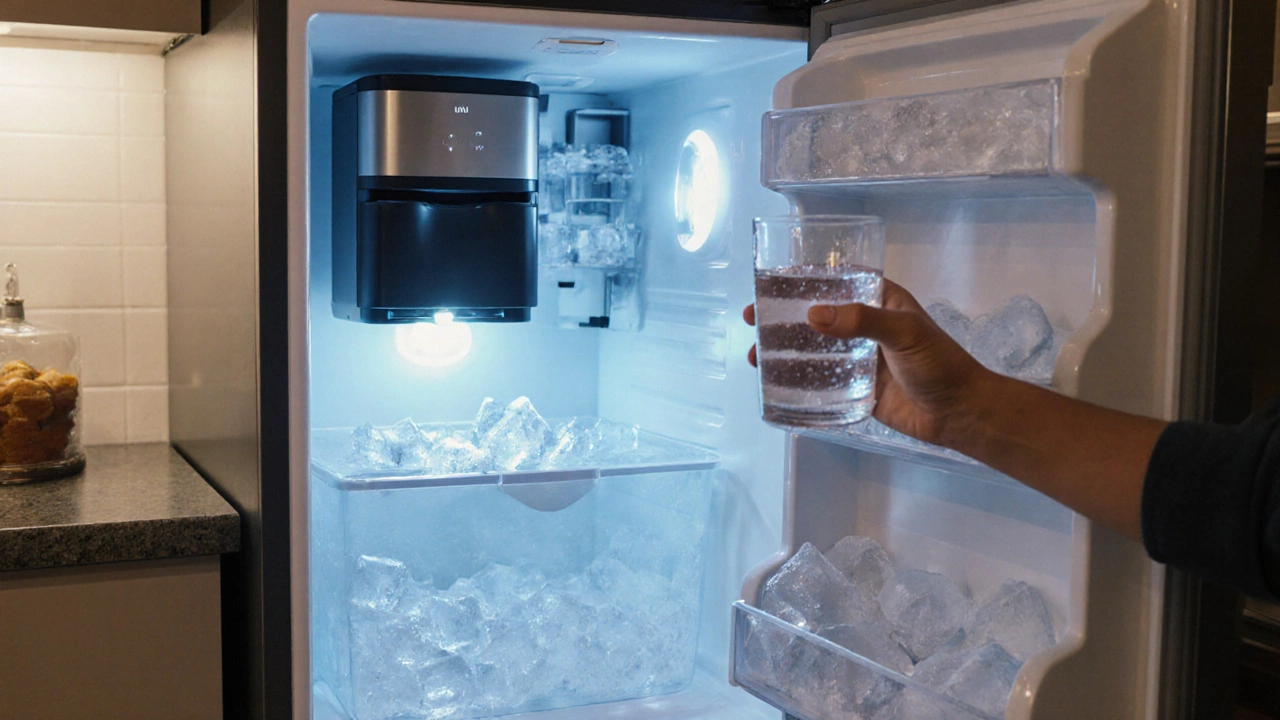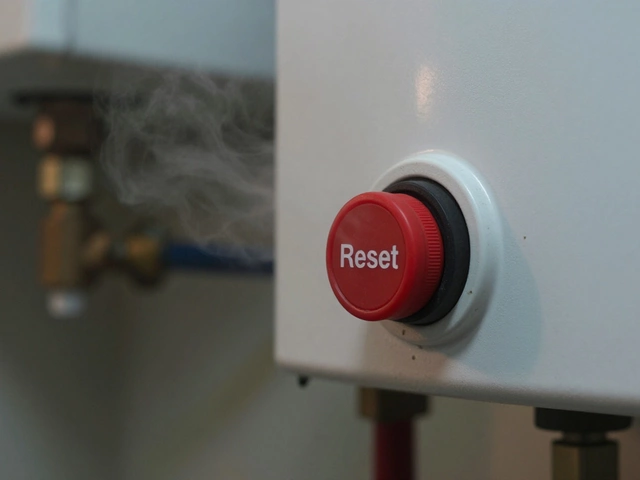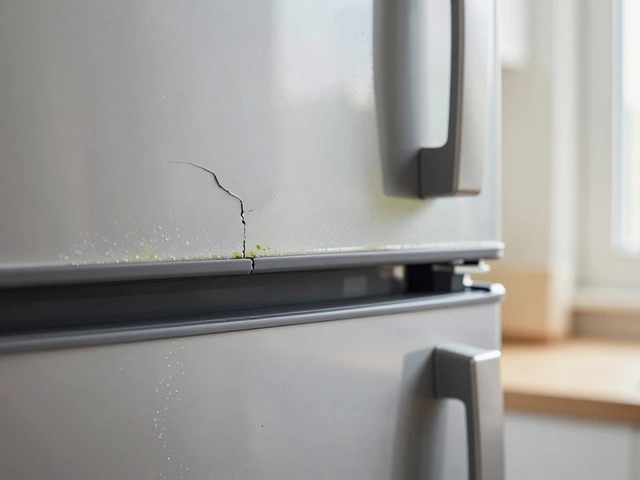Ice Maker Not Working: What’s Going Wrong and How to Fix It
When dealing with Ice Maker, the built‑in device that freezes water into cubes inside your fridge. Also known as Ice Maker Failure, it often stops because of a few predictable culprits. The Refrigerator, the main appliance that houses the ice maker and controls its temperature can develop temperature swings, while the Water Supply Line, the tubing that feeds fresh water into the ice maker may become clogged or kinked. Finally, a qualified Appliance Repair Technician, a certified professional who diagnoses and repairs kitchen appliances is often needed when the problem runs deeper than a simple DIY fix. Ice maker not working therefore encompasses water supply issues, freezer temperature fluctuations, and component wear, and it usually requires a blend of quick checks and expert help.
Typical Reasons Your Ice Maker Stops Producing Cubes
The first thing to look at is the freezer temperature. If the freezer isn’t staying at or below 0°F (‑18°C), the ice maker won’t freeze water fast enough. A blocked vent or a dirty condenser coil can cause this drift, and cleaning them is a fast, free fix. Next, examine the water inlet valve – it’s a tiny electromechanical part that opens when the ice maker asks for water. A mineral‑laden line or a partially closed valve will trickle water, leading to misshapen or no ice at all. You can test the valve with a multimeter for continuity; a reading of zero or infinite means it needs replacement.
Another common snag is the ice mold thermostat. This tiny sensor tells the ice maker when the cubes are solid enough to eject. When it fails, the cycle stops mid‑process and you end up with a half‑filled bin. Swapping the thermostat usually costs under £30 and takes less than an hour. If you’ve checked temperature, water flow, and the thermostat, yet the ice maker still refuses to work, the issue might be electronic – a cracked control board or a faulty motor. Those parts often require professional diagnosis because they involve high‑voltage circuits and precise alignment.
While you’re troubleshooting, keep safety front‑and‑center. Always unplug the fridge before removing panels, and if you spot a leak in the water line, tighten the connections but avoid overtightening, which can crack the tubing. Remember that regular maintenance – cleaning the filter, defrosting the freezer, and inspecting the ice bucket for cracks – can prevent most failures from surfacing in the first place.
Below you’ll find a curated set of articles that dive deeper into each of these areas. Whether you’re looking for a step‑by‑step guide on testing the inlet valve, tips on keeping your freezer at the optimal temperature, or advice on when to call an Appliance Repair Technician, the collection covers the full spectrum of ice maker issues. Browse the posts to get practical fixes, cost estimates, and clear signs that it’s time to hand over the job to a pro.
Discover why your freezer stopped making ice, learn how to pinpoint common faults, and get step‑by‑step DIY fixes plus maintenance tips to keep ice flowing.


